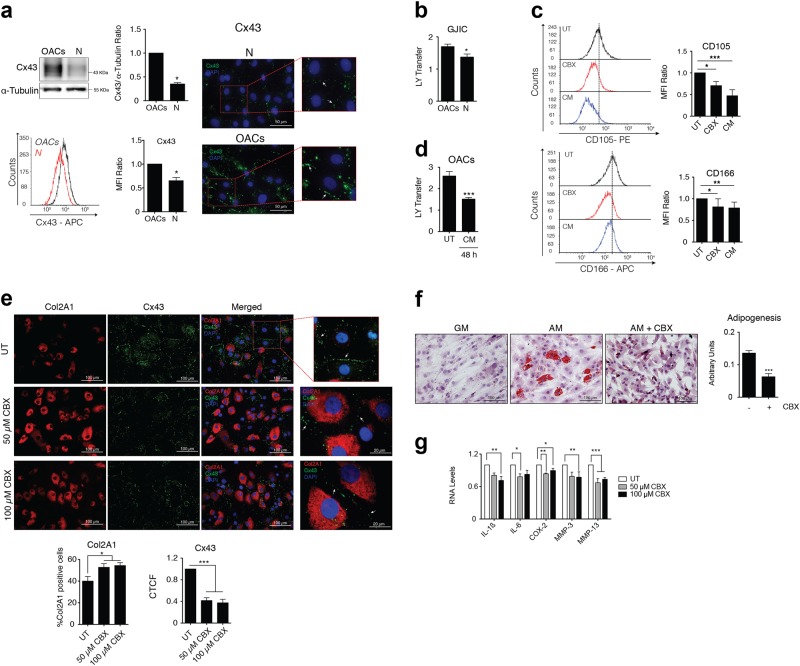Fig. 2. Downregulation of Cx43 GJ plaques and GJIC restores chondrocyte redifferentiation in chondrocytes from patients with OA.
a OACs express higher levels of Cx43 protein (mainly located in GJ plaques, white arrows) compared with chondrocytes from healthy donors (N), (western blot, flow cytometry and immunofluorescence assays (n = 3; mean ± s.e.m.; *P < 0.05; Mann–Whitney test). b OACs show higher levels of GJIC in comparison with healthy chondrocytes in primary cultures measured by SL/DT assay (n = 3; mean ± s.e.m.; *P < 0.05; Mann–Whitney test). c Flow cytometry analysis shows reduced levels of CD105 and CD166 in OACs treated for 7 days with 100 µM CBX, suggesting reduced chondrocyte dedifferentiation upon GJIC inhibition. Graphs show CD105 and CD166 levels detected in OACs exposed to CBX or chondrogenic medium (CM) (n = 4–5; mean ± s.e.m.; *P < 0.05, **P < 0.01, ***P < 0.0001; one-way ANOVA). d OACs in chondrogenic (CM) and normal growth medium (UT, DMEM 10% FBS) for 48 h. GJCI was measured by SL/DT assay (n = 3; mean ± s.e.m.; ***P < 0.0001; Mann–Whitney test). e CBX 50 and 100 µM inhibit GJIC in OACs measured by SL/DT assay (Supplementary Fig. 3a). Immunofluorescence analysis of Col2A1 and Cx43 levels in OACs treated with CBX 50 and 100 µM for 24 h. The graphs show the percentage of positive cells for Col2A1 and the CTCF for Cx43 mainly located in the margin of the cells (gap junction plaques, white arrows) (n = 5; mean ± s.e.m.; *P < 0.05, **P < 0.01; one-way ANOVA). f Adipogenic differentiation of OACs exposed to CBX 50 µM for 21 days was evaluated with oil red O staining. The graph represents the ratio of cells with lipid deposits to the total number of cells (n = 8, mean ± s.e.m.; ***P < 0.0001; Mann–Whitney test). g IL-1ß, IL-6, COX-2, MMP-3 and MMP-13 mRNA expression in OACs treated with 50 and 100 µM CBX for 15 min. Data were normalized to HPRT-1 (n = 3–4; mean ± s.e.m.; *P < 0.05, **P < 0.01, ***P < 0.0001; one-way ANOVA)

